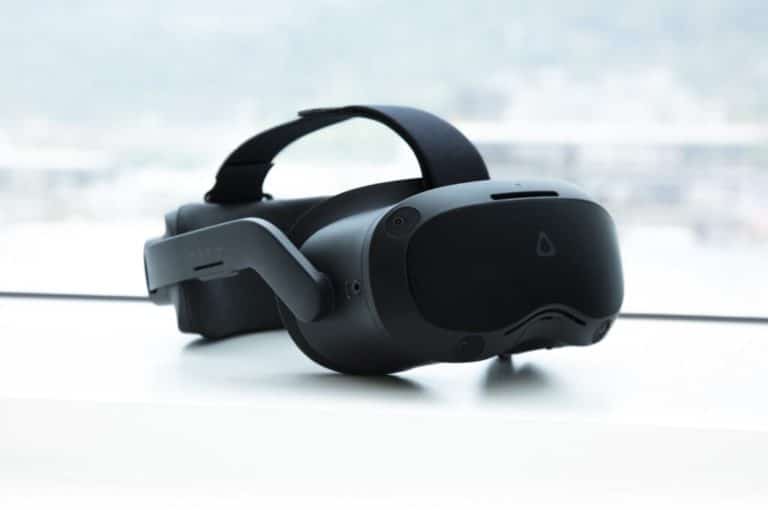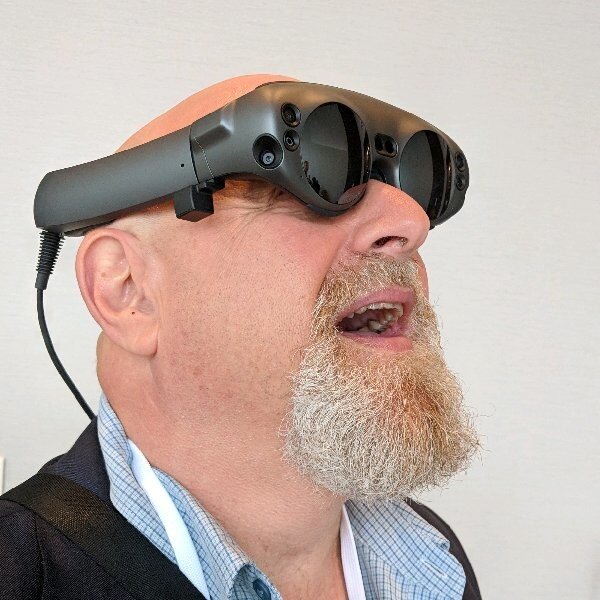
Welcome back to Spatial Beats. This week, the Epic/Apple saga continues, HTC doubles down on enterprise AR Niantic enters the AR platform race, and Spatial leans in to NFTs. Let’s dive in…
Apple – Epic Smackdown, part deux. As the trial drags on, Epic’s case against Apple may be losing its edge. The debate has drifted into questions about what defines a video game. Is Fortnite a video game, or is it a metaverse with games inside of it? What about Roblox? Isn’t a metaverse by definition a monopoly, even if there are different metaverses to choose from? It’s possible the judge may impose a compromise, which would be a loss for Apple, which seeks complete vindication, trying to out-victim Epic.
HTC Doubles Down On Enterprise VR, Introducing Two new Headsets: the Vive Focus 3 and Vive Pro 2. The Focus 3, launching June 27th is an enterprise-oriented, $1,300 headset that will run on Qualcomm Snapdragon XR2 platform, sport a 120° field-of-view, and has 6MP per-eye resolution.
Pico Announces Next-Gen Enterprise 6DoF Headsets: Neo 3 Pro and Neo 3 Pro Eye. These headsets are built for enterprise use and will be available in North America and Europe among other locations. The headsets have a single 5.5” display with 3664×1920 resolution, also run a Snapdragon XR2 platform, a PPI of 773, and up to 90Hz refresh rate.
Niantic Expands Developer Platform and AR Tools. The real-world platform is officially called Niantic Lightship. Now with broader access, more developers can build their own AR applications, with the hopes of attracting and expanding AR into the mainstream.
Spatial Collaboration Platform Adds WebXR And Translation Features. The company, which was launched on stage by Alex Kipman with the HoloLens 2 at Mobile World Congress in 2019, has spent the past eighteen months adding more ways to collaborate across devices. Now, Spatial is seeing more use cases introduced by its community than just remote work, expanding to social and leisure, world-building, and NFT art galleries.
Matterport passes five million building scans. To provide some context, that is 5x the number of buildings in New York City. Matterport makes it easy for users to capture a physical space and turn it into an accurate and immersive digital twin, thereby allowing colleagues to collaborate without going onsite. The app is on iPhones and other devices, accelerating growth.
The Volumetric Format Association (VFA) was founded. These seven companies include founding charter member Verizon as well as ZEISS, RED Digital Cinema, Unity, Intel, NVIDIA, and Canon. The goal of the organization is to work together to establish a collection of specifications driving the adoption of volumetric capture, processing, encoding, delivery, and playback.
Apple announced a $45 million award from its Advanced Manufacturing Fund to Corning, the supplier of glass for various Apple products. The company will use the funding towards scaling up its manufacturing capacity as well as for research and development in regards to product durability. This leads many to believe that Corning might become the supplier for Apple AR glass when the time comes.
Burning Man – 2021 Virtual Burn tickets are now on sale. There are a variety of worlds to experience, including BRCVR in Altspace. The Virtual Burn is from August 22 through September 7, 2021, with early bird tickets on sale now.
This Week in XR is now a podcast hosted by Paramount’s Futurist Ted Schilowitz and Charlie Fink, the author of this weekly column. You can find it on podcasting platforms Spotify, iTunes, and YouTube. Watch the latest episode below.
 Charlie Fink is an author and futurist focused on spatial computing. See his books here. Spatial Beats contains insights and inputs from Fink’s collaborators including Paramount Pictures futurist Ted Shilowitz.
Charlie Fink is an author and futurist focused on spatial computing. See his books here. Spatial Beats contains insights and inputs from Fink’s collaborators including Paramount Pictures futurist Ted Shilowitz.

